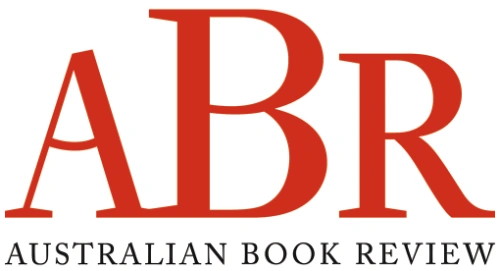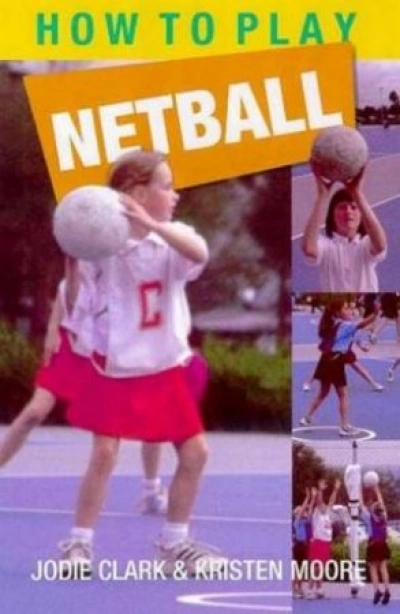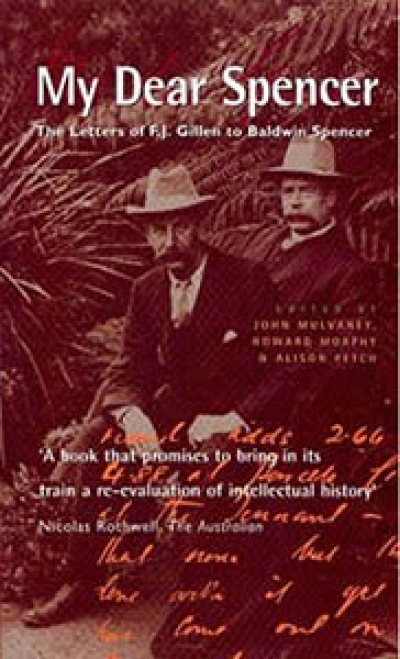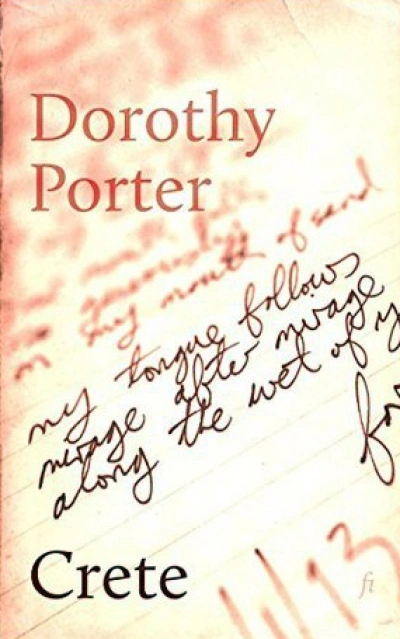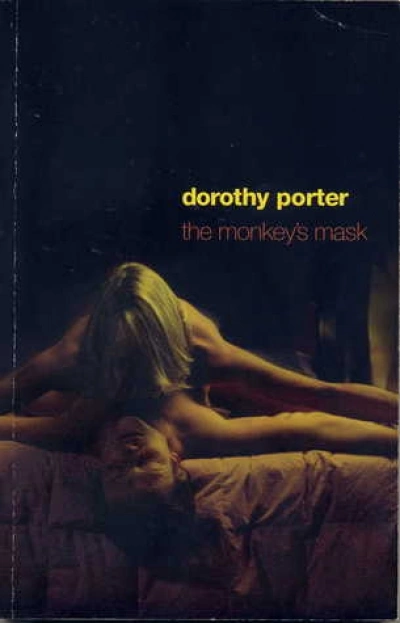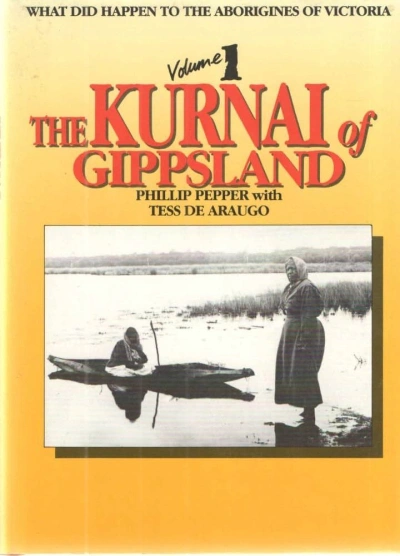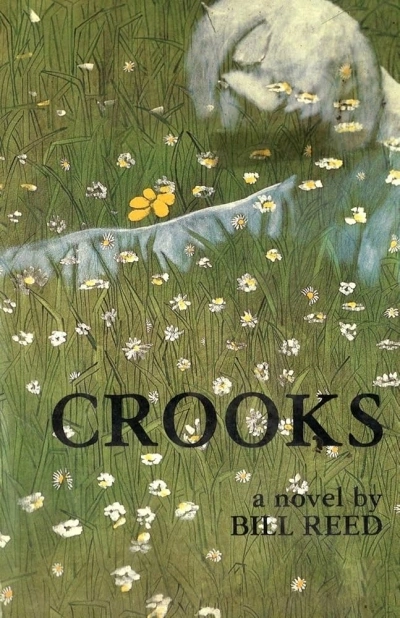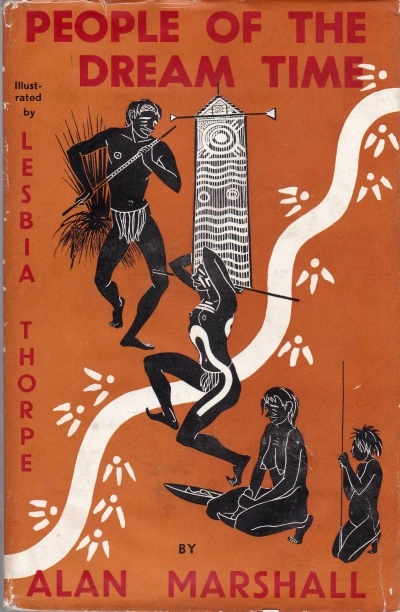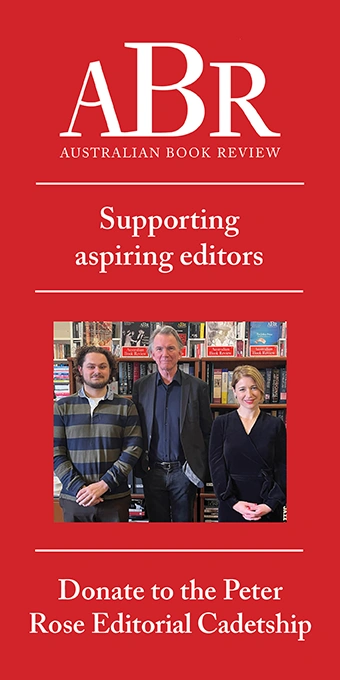Hyland House
How to Play Netball by Jodie Clark and Kristen Moore & How to Play Cricket by Garrie Hutchinson
by Stella Lees •
My Dear Spencer: The letters of F. J. Gillen to Baldwin Spencer edited by John Mulvaney, Howard Morphy, and Alison Petch
by Barry Hill •
The Kurnai of Gippsland: Volume 1 by Phillip Pepper and Tess De Araugo
by Patrick Morgan •
